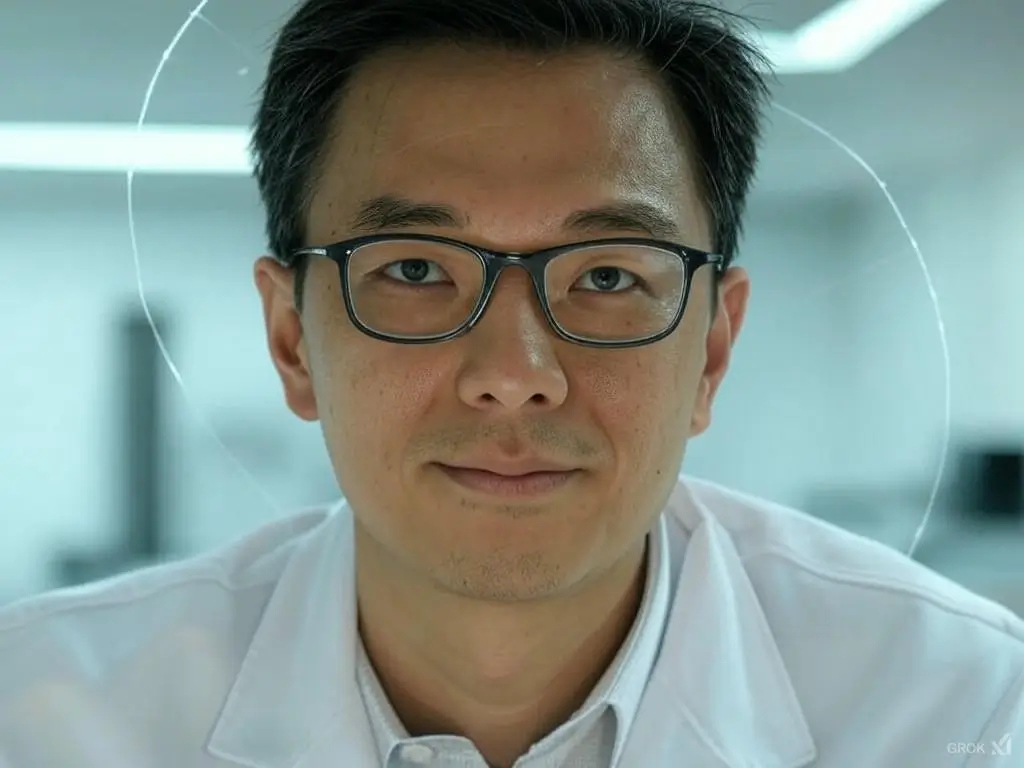Unlocking the Future: Inside OpenAI's Groundbreaking Release of Its Most Advanced AI and Its Hidden Innovations

OpenAI is consistently at the forefront of artificial intelligence technology, and their recent updates highlight significant advancements that could reshape how we interact with AI. Chief among these innovations is the launch of "Deep Research," a new AI-powered tool that promises to revolutionize research tasks by utilizing the capabilities of OpenAI's flagship model, 03. This article delves into the features of Deep Research and the ambitious hardware project in partnership with Johnny Ive, emphasizing how these developments could usher in a new era for AI.
Deep Research: A Leap Toward Advanced AI
OpenAI's Deep Research tool serves as a substantial advancement from previous iterations of its models. Primarily available to ChatGPT Pro subscribers, this AI agent is designed to handle complex, multi-step research tasks by autonomously browsing a vast range of sources, including articles, PDFs, and images. Unlike traditional query-and-response models, Deep Research synthesizes information from various inputs, producing a thoroughly documented report complete with citations.
The Power of Synthesis
Sam Altman, OpenAI's CEO, has emphasized that this tool is a significant step toward achieving Artificial General Intelligence (AGI). The ability to synthesize knowledge—an essential precursor to creating new insights—positions Deep Research as a game-changer for users requiring in-depth information quickly and efficiently.
For instance, the tool can be prompted to conduct a detailed background analysis that combines various threads of information into a cohesive report. This could include content about historical figures, complex data trends, or case studies, meticulously citing all sources for user verification. Unlike conventional AI, which might deliver surface-level responses or quick stats, Deep Research provides a comprehensive overview, akin to a well-researched academic paper.
Real-World Applications
The breadth of Deep Research’s capabilities was recently demonstrated in a session in Washington, D.C., where its potential for complex queries was highlighted. For example, users could inquire about intricate topics, such as the usability of different button label formats, and receive a detailed analysis supported by studies and statistical data.
The process of utilizing Deep Research is user-friendly and asynchronous—allowing users to attend to other tasks while the AI conducts its extensive search. Given the complexity of modern information retrieval, where accuracy and depth are paramount, this feature allows for both productivity and convenience.
Collaborative Innovations: Hardware Development with Johnny Ive
In parallel with the introduction of Deep Research, OpenAI is also venturing into hardware development—a move that signifies a shift in user interaction with AI. Partnering with renowned designer Johnny Ive, known for his iconic work at Apple, OpenAI is reportedly exploring the creation of a dedicated AI hardware device. Altman has likened this venture to the transformative impact of the iPhone, suggesting that this device could redefine technological interaction.
A Revolutionary Device?
While the specifics of the hardware remain under wraps, there are whispers that it might replace traditional smartphones by offering a platform specifically designed around AI capabilities. This would center on features that leverage generative AI for everyday tasks, such as summarizing information, recognizing objects, and facilitating travel bookings—all integrated into a single device.
This innovative approach diverges from existing smartphone models, which increasingly incorporate AI features but often do so as software add-ons. Altman's vision suggests that meaningful advancements in AI require a foundational shift, potentially resulting in a standalone platform that enhances how we engage with technology in daily life.
Conclusion: A New Era for AI Interaction
The dual announcements from OpenAI signal a pivotal moment for AI technology. With the arrival of Deep Research, users can anticipate a substantial upgrade in their ability to extract and synthesize information efficiently. Simultaneously, the ambitious hardware project in collaboration with Johnny Ive could set the stage for a revolutionary AI device, transforming user experiences across various contexts.
As we move into this new era, the implications for both individual users and professionals are immense. The days of cumbersome research processes may soon be behind us, replaced by intuitive AI capabilities designed to seamlessly integrate into our lives. If OpenAI’s projections hold true, we are on the cusp of not just unlocking the future of information and technology, but fundamentally redefining our relationship with AI itself.
